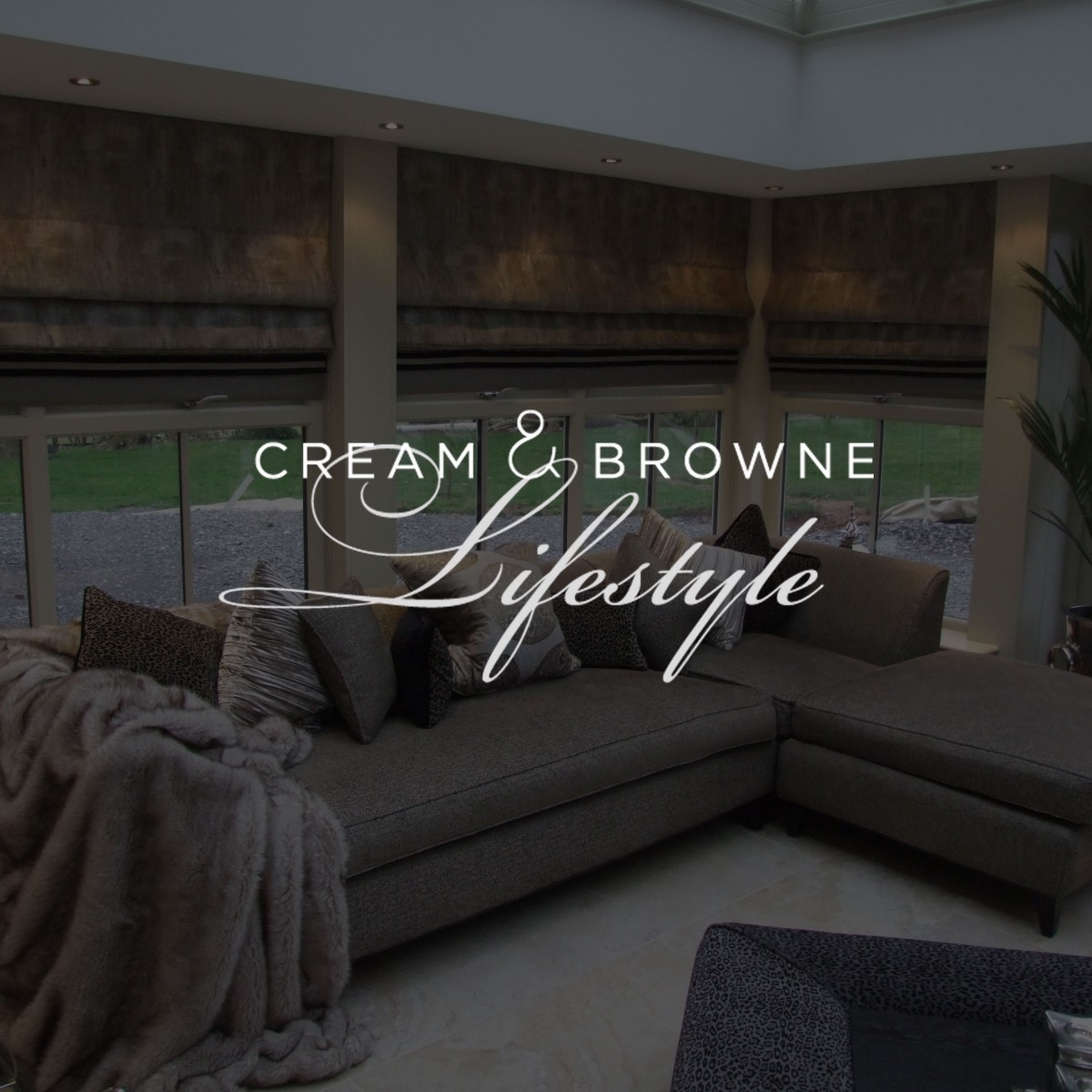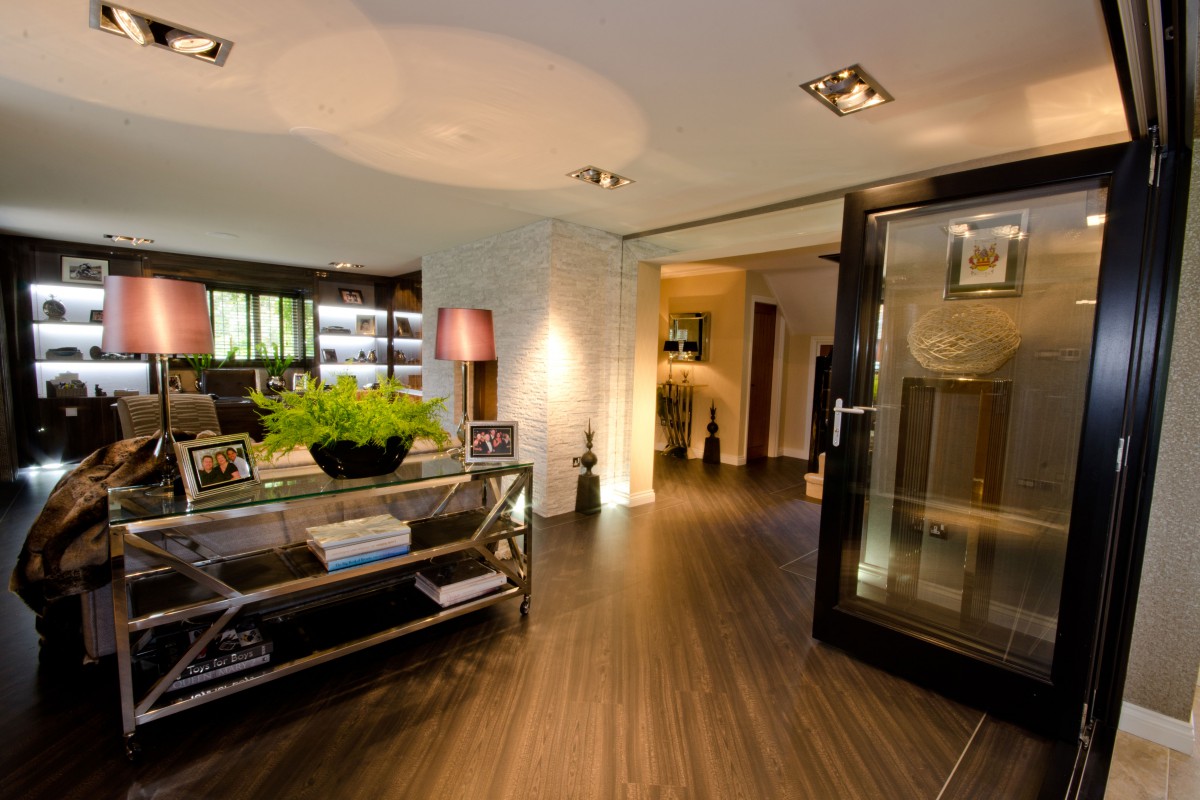
18 | 05 | 15
How to choose the right colour for your interiors
When it comes to picking the right colours, which do you go for, and what do you do? In this guide we will seek to provide you with some direction, with things to potentially avoid!
* Experiment.
Don’t simply go into a room and change everything as it can cost a lot of time and money. Do a trial in a place where many people won’t see, so you can do this quickly and see the results faster.  What works? Sampling doesn’t have to be on a grand scale to gain the true effect of it.
* Think about what you are trying to achieve.
For a bedroom are you trying to create a calming and gentle mood? Colours such as blues would give this effect. Yellows and reds would be no good.
What about the dining room? If you are hoping on a classy look, golds and silvers would be a nice idea. Dull colours like black would not achieve this.
At this point it is important to use your common sense and go with your gut feeling. You probably won’t go far wrong!
* Bold or watered down?
The range of colours on the spectrum is endless. Remember that there are intensities within a colour which can make a difference also. The variance between the ‘right or wrong’ colour may simply be the tone of it. In other words, a lighter or darker shade of the same thing could give you the perfect compliment.
* A colour for day and night.
A room can look like two different places in daylight and then when artificial light is applied at night. The exact same green colour can look totally different after dark which may alter your perception and feel about it. If possible bear this in mind, and this goes back to the heart of the experimenting and planning point above.
* Having the balance.
Quite simply there is such a thing as having too much, too little, or too mixed colours. As the picture above shows, this looks great as a feature but if it was simply everywhere you would soon be fed up of it. The article is about the right colour, but remember there is nothing wrong with the right colours either. Two different shades can complement each other well, but the more you add, the more the balance point becomes critical.
* Work with what is around you or consider adding to it.
Colour per se is not the only think that makes a room. It is the features and objects in it too and the colours, feel and quality these bring. Match or compliment your colours to existing furniture. If this is not possible then consider doing the opposite.
* Take it steady.
In many ways the most important step isn’t about colour at all. Take your time and don’t rush the job. It is all too easy to tell something which has been rushed, and when it comes to selecting colours this would be even more obvious. Ultimately you have loads of time to enjoy the end result, so it is worth using this as a kind of mantra to do the job properly.

